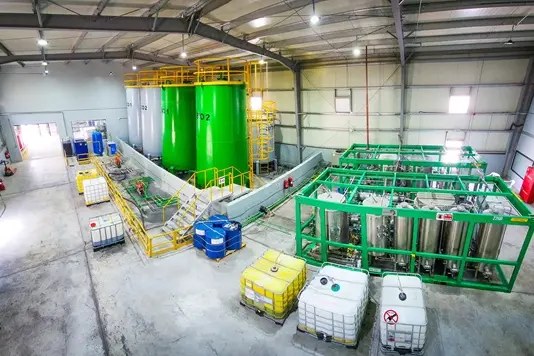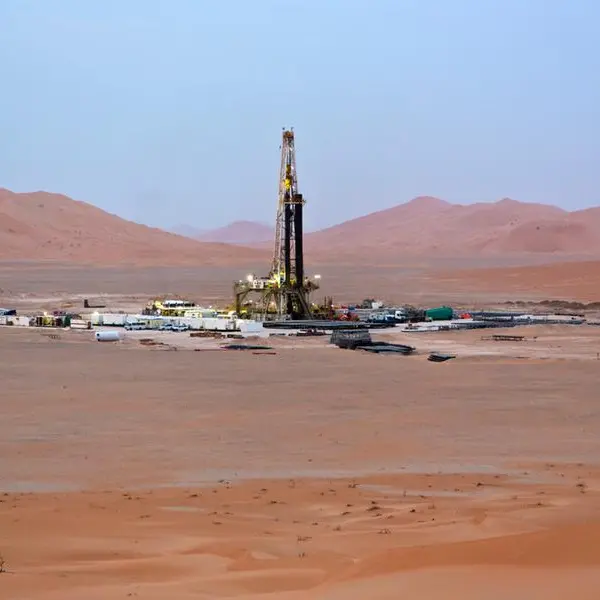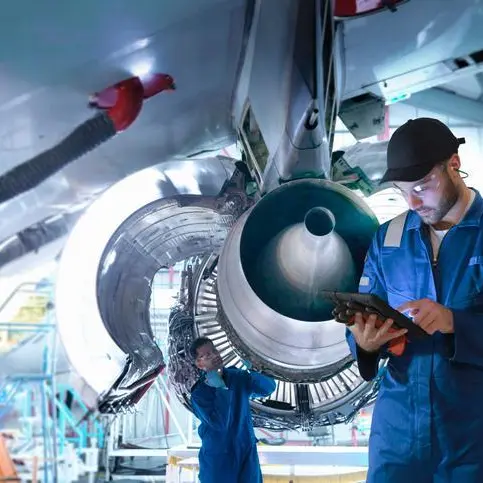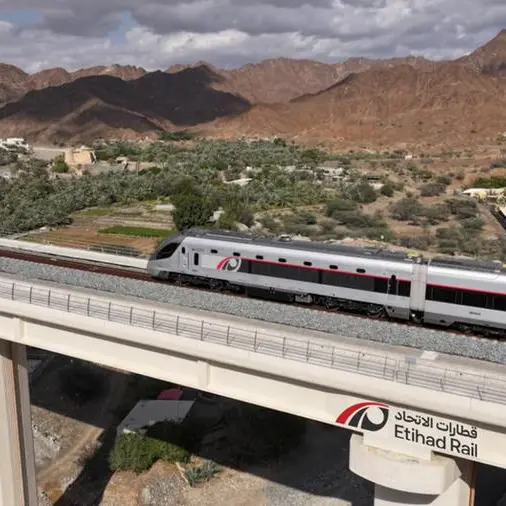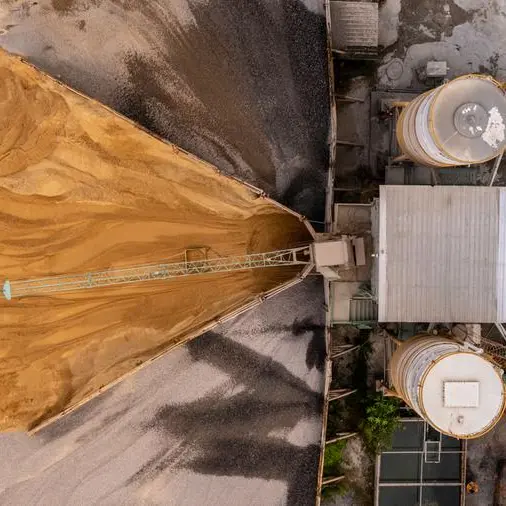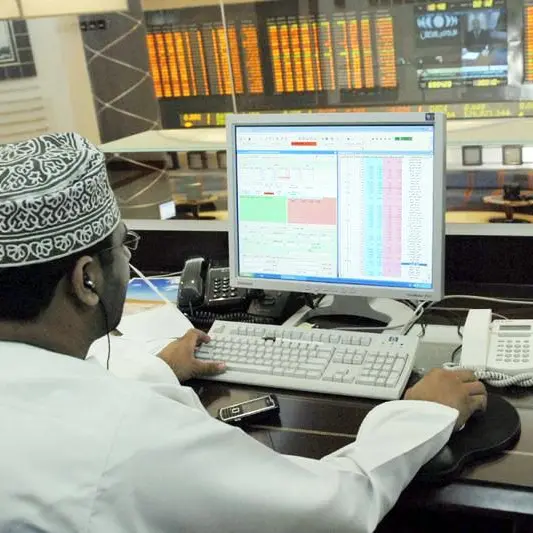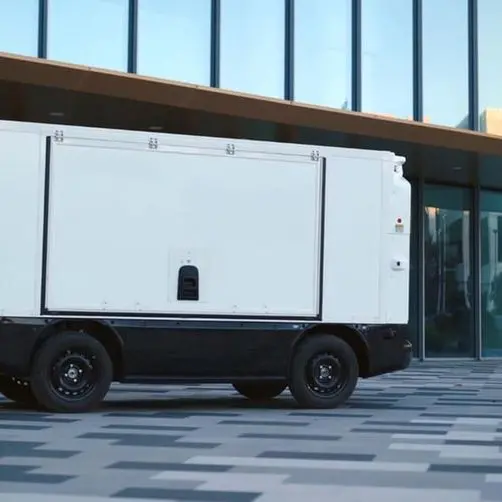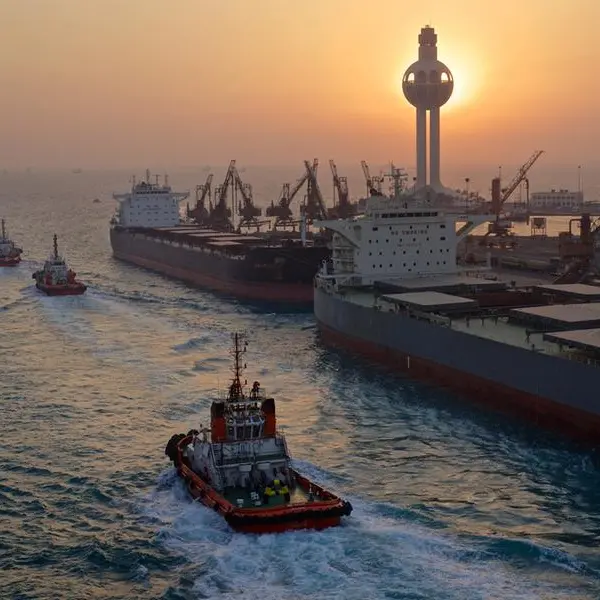PHOTO
X2E is building a $1.6 billion vertically integrated sustainable aviation fuel (SAF) venture in Oman using Camelina as feedstock, a first for the Middle East.
Camelina is a veritable new-kid-on-the-biofuel-block with just few projects exploring this feedstock globally.
In an interview with Zawya Projects, John Jones, Co-founder and CEO of X2E explained that Camelina is a drought proof plant that doesn’t need much water and yields upwards of 40 percent oil as compared to 18-25 percent for other crops.
Moreover, its farming is sustainable as the crop does not compete with food crops and can go for up to four rotations in a year depending on the region’s climate and other cereals rotated with it, which regenerates the farmland while contributing to food security.
Jones also dwelled on the economics of SAF production and how he expects to match the pump price in a couple of years by controlling costs through his end-to-end vertically integrated strategy.
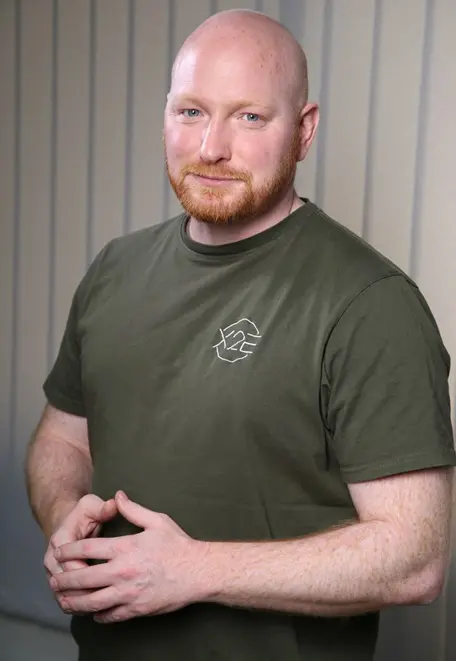

The economics
He admitted that camelina cultivation is “extremely expensive to start with.”
“The seed cost is huge because the industry knows what we're catching on to. One acre gives us 2400 lbs (pounds) of seed and 40 percent of that weight ratio is oil. We lose another 20 percent when we further process it to SAF”.
With no incentives or mandates announced by the Omani government so far and the fossil fuel industry still being subsidised, it is difficult to match fossil fuel prices, he noted.
But he also expressed confidence X2E can match the pump price and be competitive within the next couple of years by controlling costs through vertical integration and by blending B100 (100 percent biofuel) with existing fuel at a 20 to 30 percent ratio.
“We're looking at the optimisation of the operating expenses and price points with end-to-end control of the supply chain. We have to hit very specific cost points to make sure we produce the fuel cheap enough that the market will accept it and help airlines adopt these fuels more.
We don't want to be held to different commodity price points that just bust out the economics on our end-product. We own the water and the farms, and we'll have seeding farms to produce seeds to reseed more land later.”
Jones said he aims to halve the current cost base by controlling the price points across the value chain and expects carbon credits generated to further reduce the price gap with fossil fuels.
“We're going to generate carbon credits from our processes and from the fuel usage, and we'll pass that back to the consumer so that we can drop the price. In terms of SAF and e-SAF, we will sell and trade the SAF at the same price as kerosene and re-trade the carbon credit separately.”
He said the initial objective is higher volume metrics and not profit.
Local consumption is paramount
A large part of the biodiesel and SAF production will [and should] be consumed locally, according to Jones, as it makes no sense to ship a reduced carbon product halfway across the world. He said he hopes to team up with the Civil Aviation Authority of Oman to introduce SAF in Omani airports and sell the excess to large regional airports.
“We would prefer that we get an uptake in the local market so that the transport of this fuel [to the customer] is as close as possible. And that's going to help the price points for us to get adoption here and put more volume in the market.”
“We think there's enough capacity in the country to utilise most of the biodiesel that we could ever think of creating. If, for instance, there was a B6 or B7 mandate (blending biodiesel with regular diesel at 6 percent or 7 percent) as in other parts of the world….we would have to upscale even more” to cater to that demand, Jones concluded.
Read more: Oman’s X2E plans to invest $1.6bln across alternative fuel value chain
(Reporting by Sowmya Sundar; Editing by Anoop Menon)
Subscribe to our Projects' PULSE newsletter that brings you trustworthy news, updates and insights on project activities, developments, and partnerships across sectors in the Middle East and Africa.
